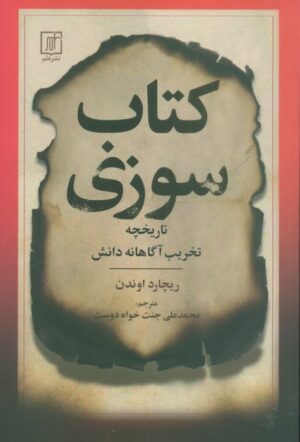Key Themes and Concepts:
- Natural Selection: Ridley explains the concept of natural selection, the cornerstone of Darwin’s theory of evolution. He elucidates how Darwin argued that species evolve over time through a process where advantageous traits become more common in a population because they enhance survival and reproduction.
- Common Descent: The idea that all living organisms share a common ancestor is central to Darwin’s theory. Ridley discusses the evidence Darwin presented for common descent and how this concept reshaped our understanding of the natural world.
- Variation and Heredity: Ridley examines Darwin’s observations on the variation within species and the mechanisms of heredity, which were crucial to his theory. Although Darwin did not know about genetics, his insights laid the groundwork for future discoveries in this field.
- Sexual Selection: Ridley delves into Darwin’s theory of sexual selection, which explains how certain traits evolve not just for survival but for attracting mates. This theory helps explain the development of features like the peacock’s tail and elaborate courtship behaviors in animals.
- Human Evolution: Ridley explores Darwin’s ideas about human evolution, particularly in “The Descent of Man.” He discusses how Darwin applied his theories of natural and sexual selection to humans, arguing for the shared ancestry of humans and other primates and addressing the implications for understanding human nature and behavior.
- Impact and Controversy: The book also covers the historical and cultural impact of Darwin’s work, including the controversies it sparked. Ridley contextualizes Darwin’s theories within the scientific and religious debates of his time and explores how they challenged existing views about the creation and the place of humans in the natural world.
Writing Style: Mark Ridley’s writing is clear, engaging, and accessible, making complex scientific concepts understandable for a general audience. He uses a combination of historical context, textual analysis, and modern scientific insights to elucidate Darwin’s ideas. Ridley’s approach is both informative and thought-provoking, encouraging readers to appreciate the depth and significance of Darwin’s contributions to science.
Conclusion: “How to Read Darwin” by Mark Ridley is an excellent resource for anyone looking to gain a deeper understanding of Charles Darwin’s revolutionary ideas and their enduring impact on science and society. Ridley’s expert analysis and clear explanations make Darwin’s theories accessible to readers of all backgrounds, from students new to evolutionary biology to seasoned scholars seeking fresh perspectives. By contextualizing Darwin’s work and exploring its implications, Ridley helps readers appreciate the profound influence of Darwin’s ideas on our understanding of life on Earth.







Reviews
There are no reviews yet.